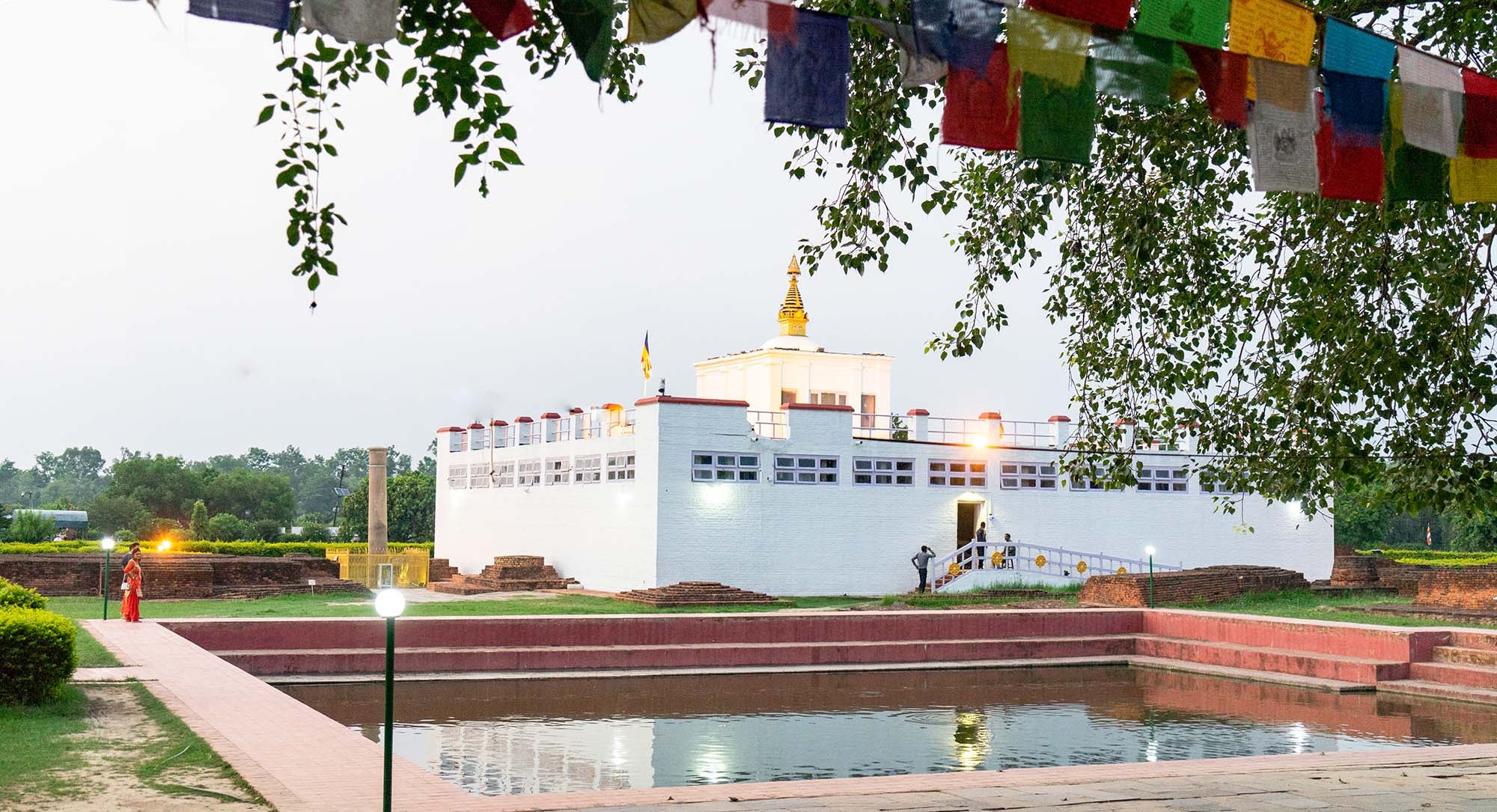Explore

A Journey to Lumbini: Birthplace of Buddha
Lumbini, located in the southwestern region of Nepal, is the birthplace of Gautama Buddha. This holy site is one of the most significant destinations for Buddhists and attracts millions of visitors every year. A journey to Lumbini is not just a pilgrimage, but an opportunity to experience the tranquility and spirituality of this sacred place.
History and Significance of Lumbini
According to Buddhist tradition, Lumbini is the place where Queen Maya Devi gave birth to Gautama Buddha in 563 BCE. The site was rediscovered in 1896 by a German archaeologist, and in 1997, Lumbini was declared a UNESCO World Heritage Site. Today, it is home to numerous temples, monasteries, and other structures built by various countries, including Nepal, India, Thailand, and Sri Lanka.
Visiting Lumbini
To get to Lumbini, one can either take a flight to the nearest airport in Bhairahawa or take a bus or car from nearby cities such as Pokhara or Kathmandu. Once in Lumbini, visitors can explore the various sites within the Lumbini Development Zone, which is spread over an area of 4.8 square miles.
The main attraction of Lumbini is the Maya Devi Temple, which houses the exact spot where Buddha was born. Visitors can see the marker stone that indicates the spot and offers prayers and offerings. Another popular site is the Ashoka Pillar, which was erected by the Indian Emperor Ashoka in the 3rd century BCE to mark the importance of Lumbini. The pillar also contains an inscription that confirms Lumbini as the birthplace of Buddha.
Other sites within the Lumbini Development Zone include monasteries and temples built by various countries. The International Buddhist Monastery, built by the Chinese government, is one of the largest monasteries in Lumbini and offers visitors an opportunity to experience Chinese Buddhist culture. The Myanmar Golden Temple, built by the Myanmar government, is a stunning temple with a golden spire that shines in the sun.
Activities in Lumbini
Apart from visiting the various sites, there are several other activities that visitors can do in Lumbini. One can take a peaceful stroll through the Lumbini Grove, a beautiful landscaped area with gardens, water bodies, and various Buddhist monuments. Visitors can also attend prayer sessions and meditation classes offered by the various monasteries and temples.
Another unique activity is the Lumbini Village Tour, where visitors can experience the daily lives of the local communities living in the villages around Lumbini. This tour offers visitors an opportunity to learn about traditional Nepali culture, taste local cuisine, and interact with the locals.
Best Time to Visit Lumbini
The best time to visit Lumbini is from October to March, when the weather is cool and dry. The monsoon season, which lasts from June to September, can make traveling to Lumbini challenging due to heavy rain and flooding.
Conclusion
A journey to Lumbini is not just a pilgrimage but an opportunity to experience the spirituality and tranquility of this holy site. With its rich history, significance, and numerous sites, Lumbini offers visitors a unique cultural and spiritual experience. Whether you are a Buddhist or not, a visit to Lumbini is an experience that will stay with you for a lifetime.

